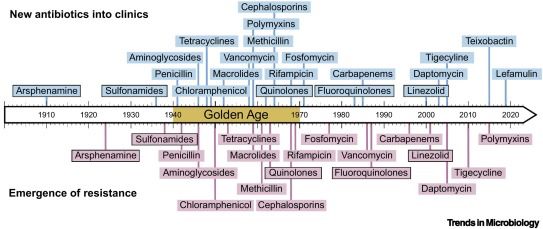
Plasmids are associated with very variable fitness costs in their different bacterial hosts. But, what is the contribution of each of the plasmid-genes in these host-specific effects? Study led by
@jorgesastred.bsky.social, @sanmillan.bsky.social and myself! 1/14
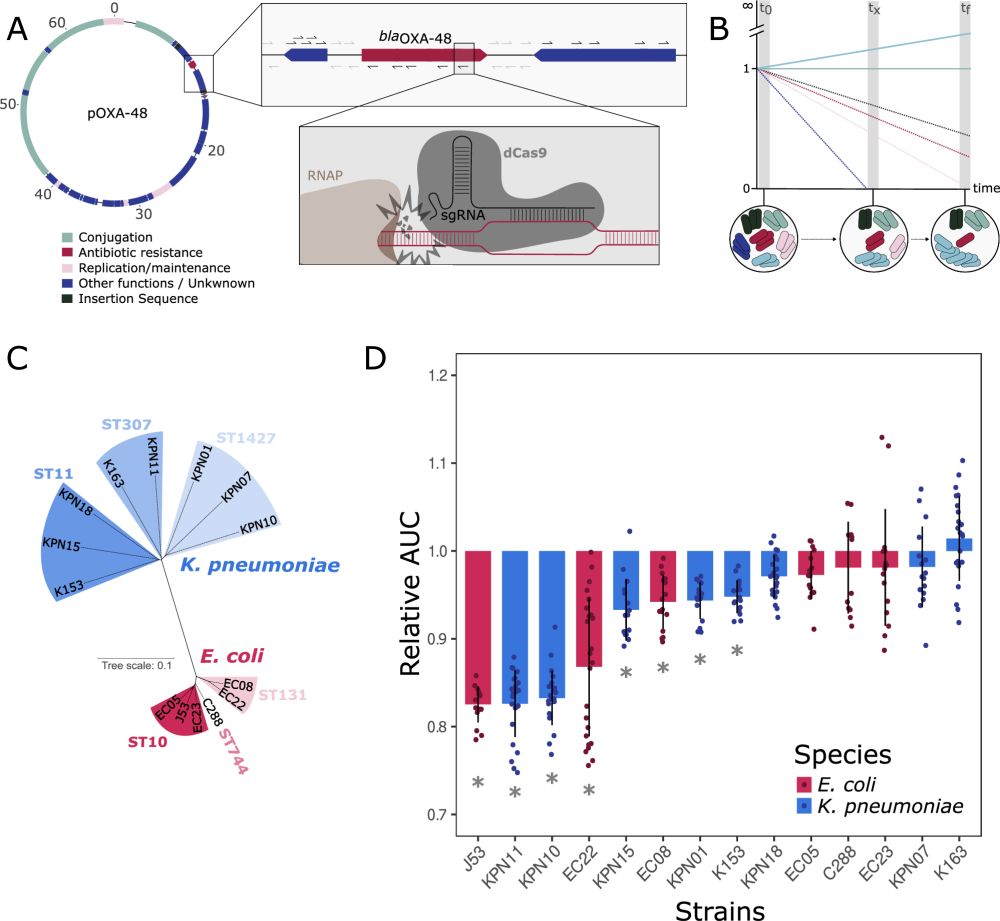
Plasmids are associated with very variable fitness costs in their different bacterial hosts. But, what is the contribution of each of the plasmid-genes in these host-specific effects? Study led by
@jorgesastred.bsky.social, @sanmillan.bsky.social and myself! 1/14
Plasmids promote antimicrobial resistance through Insertion Sequence-mediated gene inactivation.
Combining experimental and computational approaches, we unveil how two of the most prevalent bacterial MGE accelerate the evolution of AMR. 🧵👇🏻
www.biorxiv.org/content/10.1...

Plasmids promote antimicrobial resistance through Insertion Sequence-mediated gene inactivation.
Combining experimental and computational approaches, we unveil how two of the most prevalent bacterial MGE accelerate the evolution of AMR. 🧵👇🏻
www.biorxiv.org/content/10.1...
🧵 (1/14)
www.doi.org/10.1038/s414...
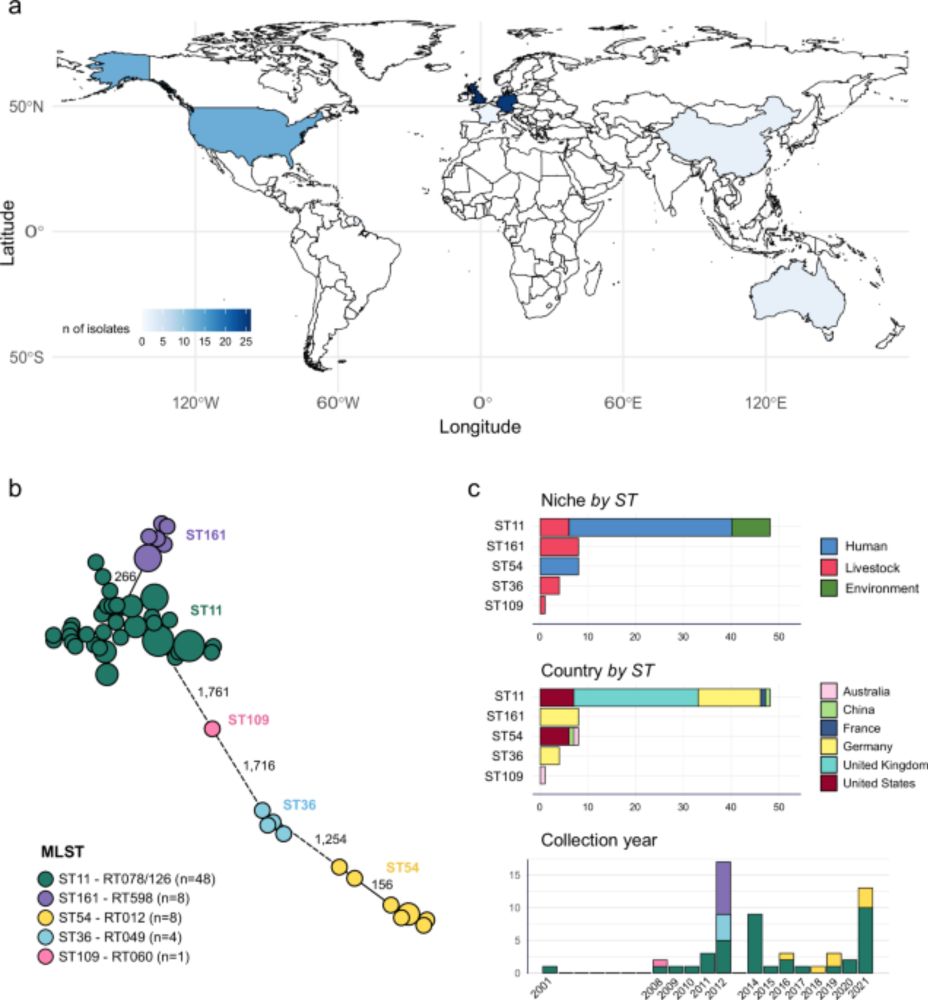
🧵 (1/14)
www.doi.org/10.1038/s414...
doi.org/10.1038/s414...
We analyzed thousands of diverse bacterial plasmids to shed light for the first time on a key aspect of plasmid biology: plasmid copy number. 1/7 👇
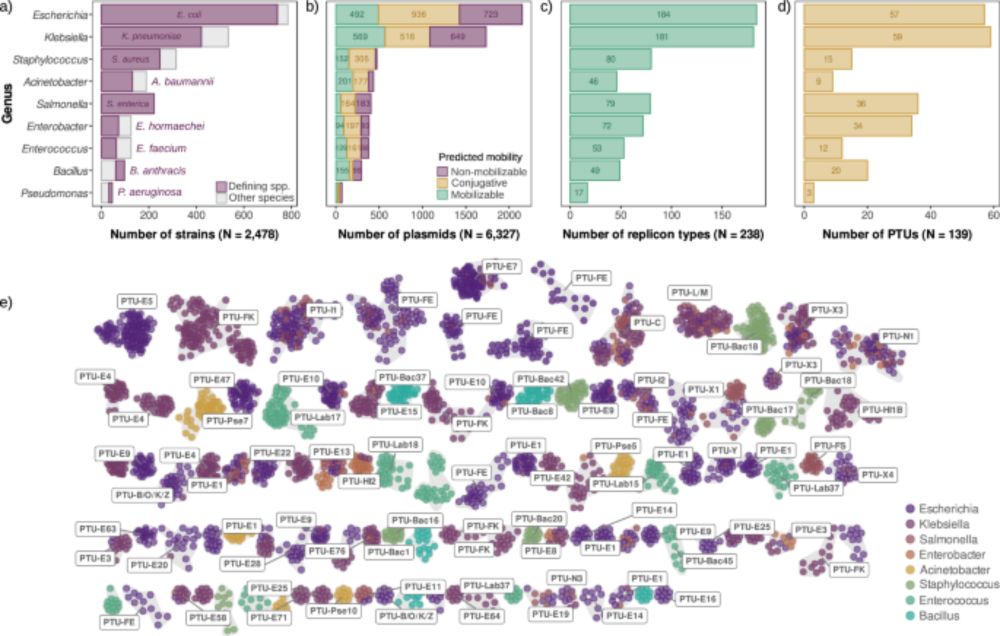
doi.org/10.1038/s414...
We analyzed thousands of diverse bacterial plasmids to shed light for the first time on a key aspect of plasmid biology: plasmid copy number. 1/7 👇
We show that a sub-lineage of 7th pandemic V. cholerae has acquired mobile genetic elements packed with phage defense systems—rendering it multi-phage resistant 😳 ..... 1/3
www.nature.com/articles/s41...

We show that a sub-lineage of 7th pandemic V. cholerae has acquired mobile genetic elements packed with phage defense systems—rendering it multi-phage resistant 😳 ..... 1/3
www.nature.com/articles/s41...
In collaboration with the Rocha lab, we show in our new paper that cassettes of these large platforms encode many known anti-phage defenses, and uncovered 16 new ones.
www.science.org/doi/10.1126/...

In collaboration with the Rocha lab, we show in our new paper that cassettes of these large platforms encode many known anti-phage defenses, and uncovered 16 new ones.
www.science.org/doi/10.1126/...
Finally out after peer review, our work showing that "Mobile #Integrons carry Phage Defense Systems" is now published in Science 🎉
Short 🧵
www.science.org/doi/10.1126/...

Finally out after peer review, our work showing that "Mobile #Integrons carry Phage Defense Systems" is now published in Science 🎉
Short 🧵
www.science.org/doi/10.1126/...
Study Vibrio cholerae defense systems (phage/plasmid) in a dynamic, collaborative environment in Lausanne close to Lake Geneva in 🇨🇭!
Please visit my lab's webpage for details about the position and how to formally apply.
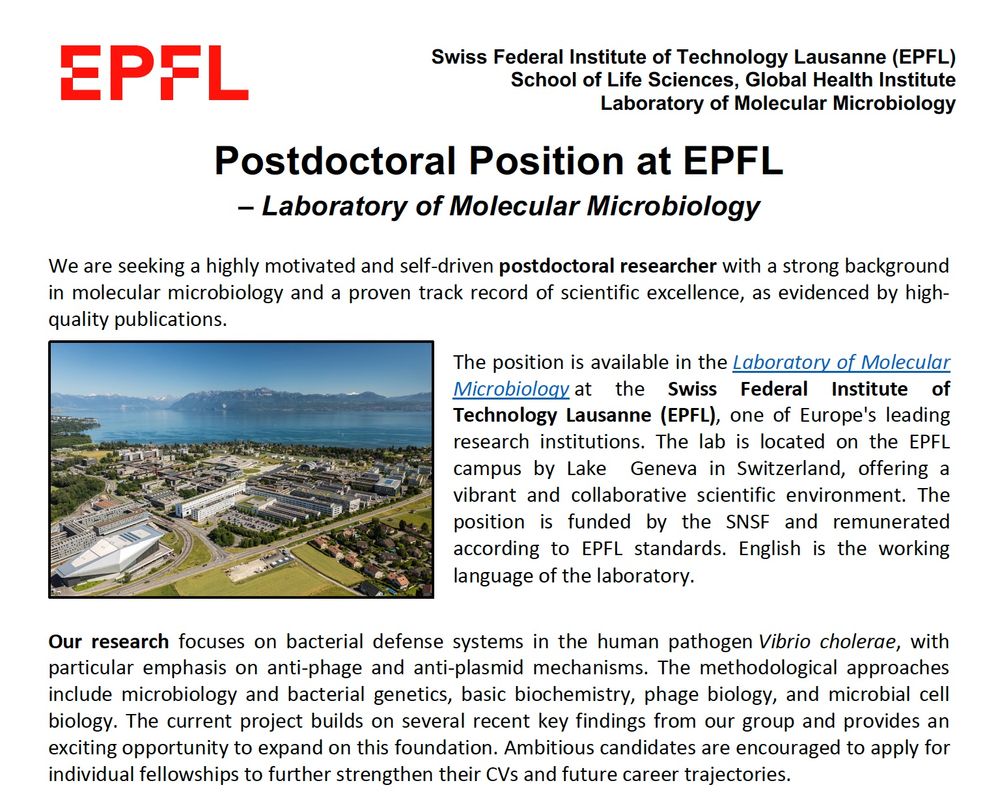
Study Vibrio cholerae defense systems (phage/plasmid) in a dynamic, collaborative environment in Lausanne close to Lake Geneva in 🇨🇭!
Please visit my lab's webpage for details about the position and how to formally apply.
Thank you @jaescudero.bsky.social and the whole MBA lab 💖💖💖

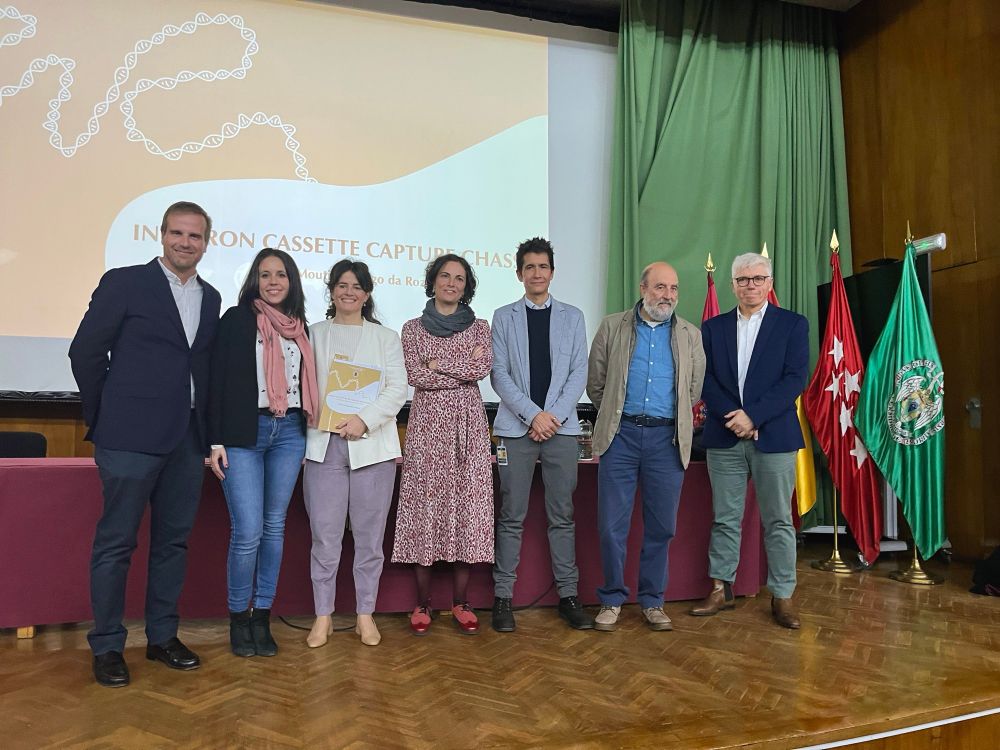
Thank you @jaescudero.bsky.social and the whole MBA lab 💖💖💖
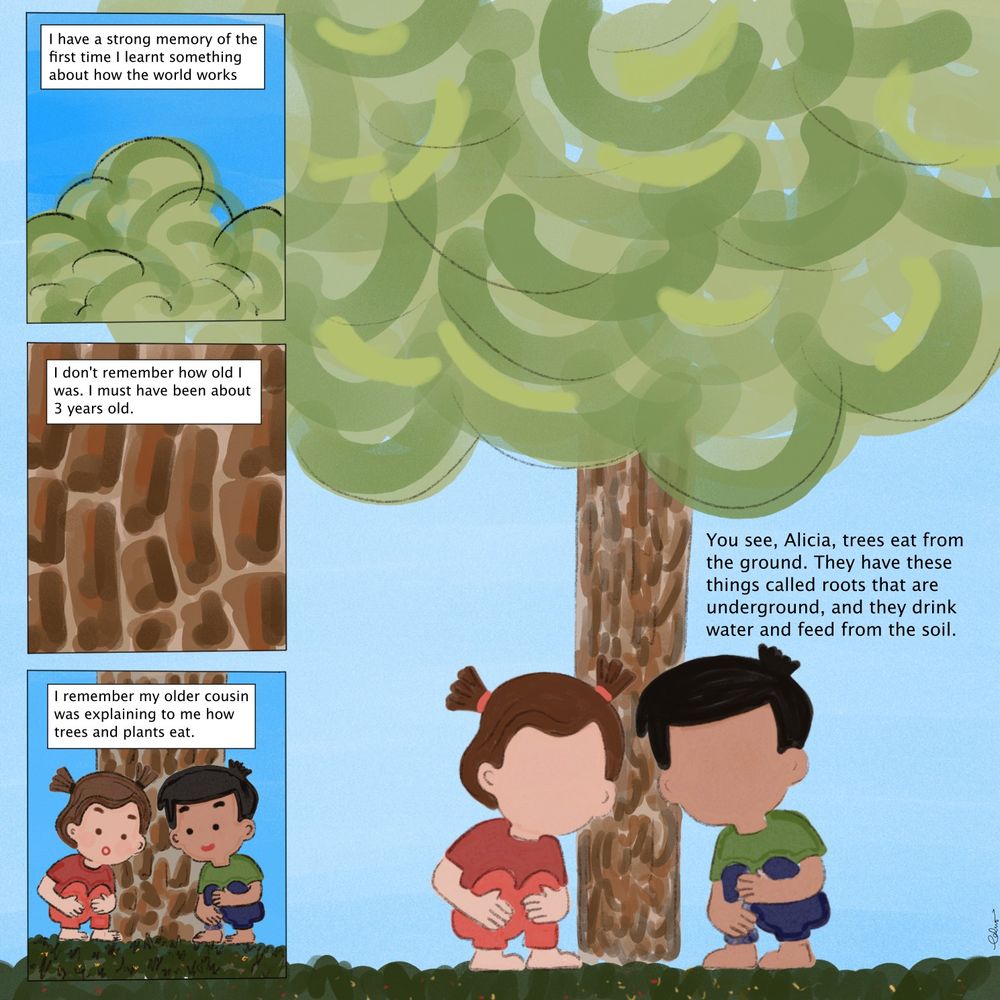
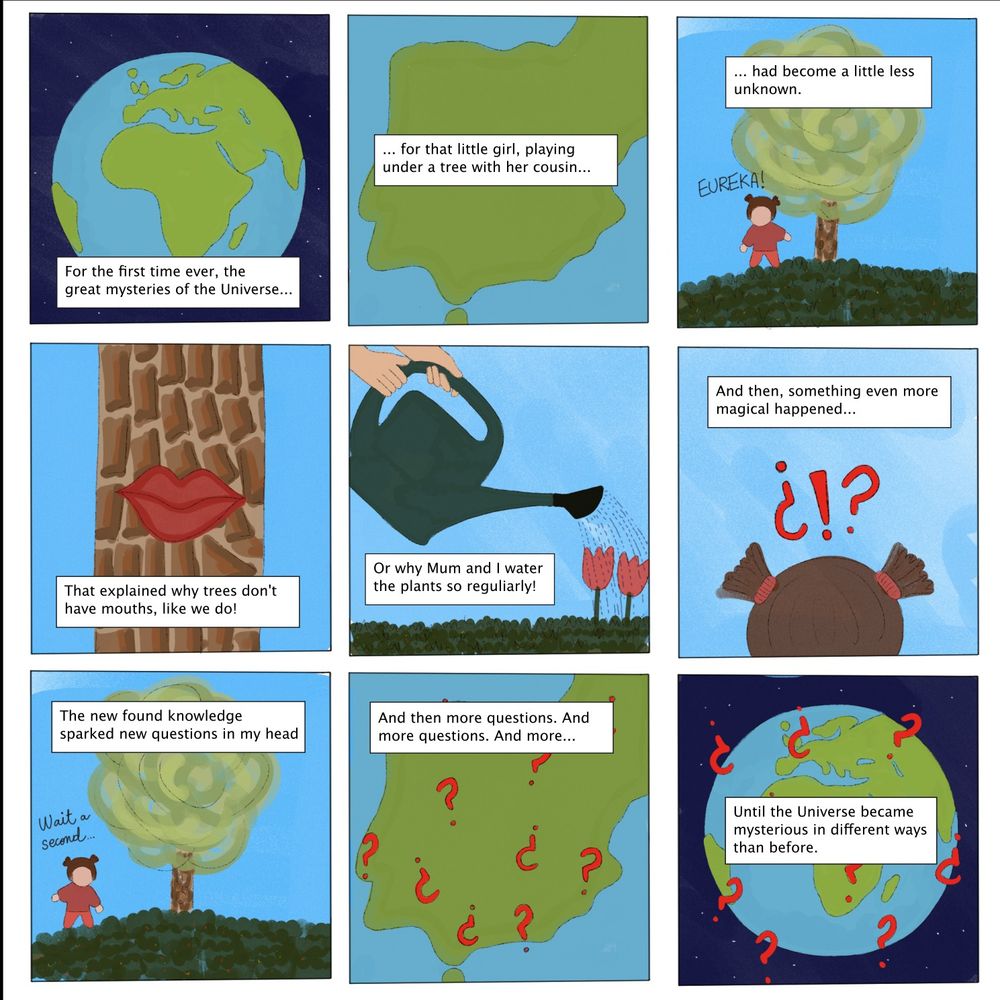
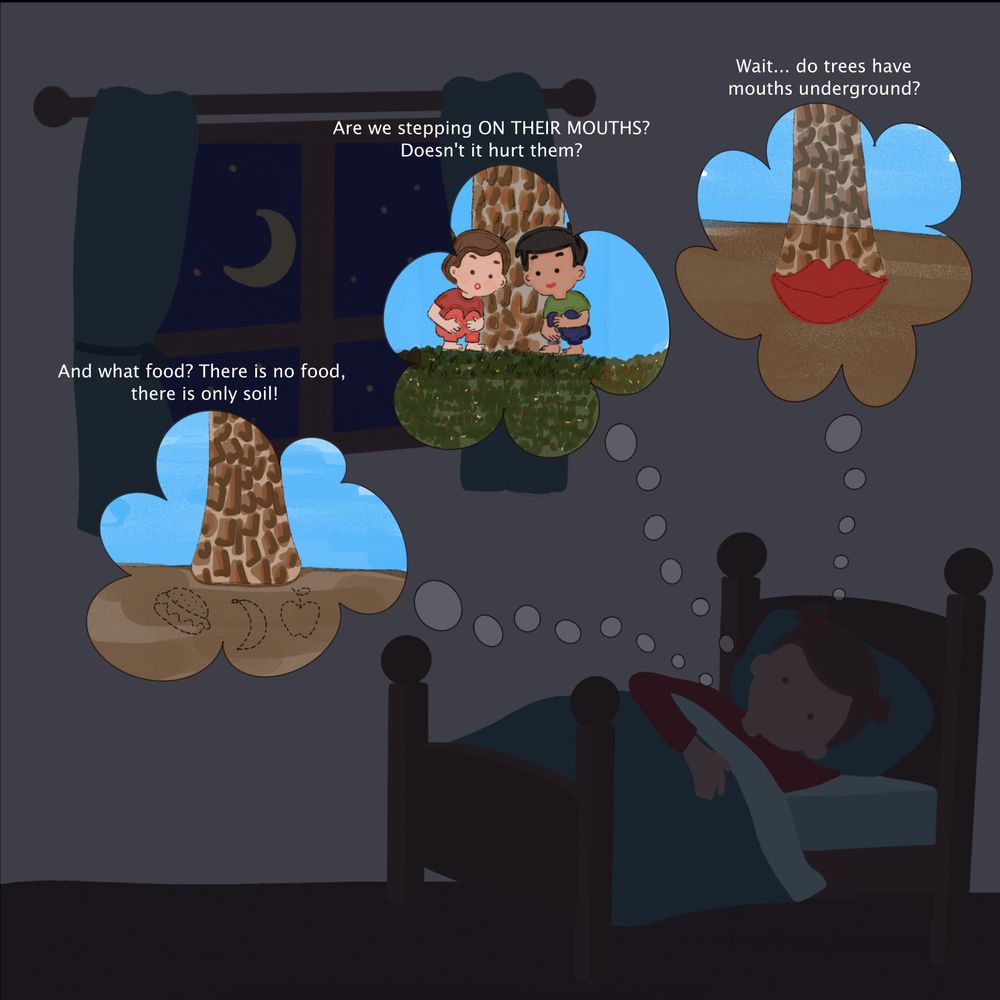


🎉❤️
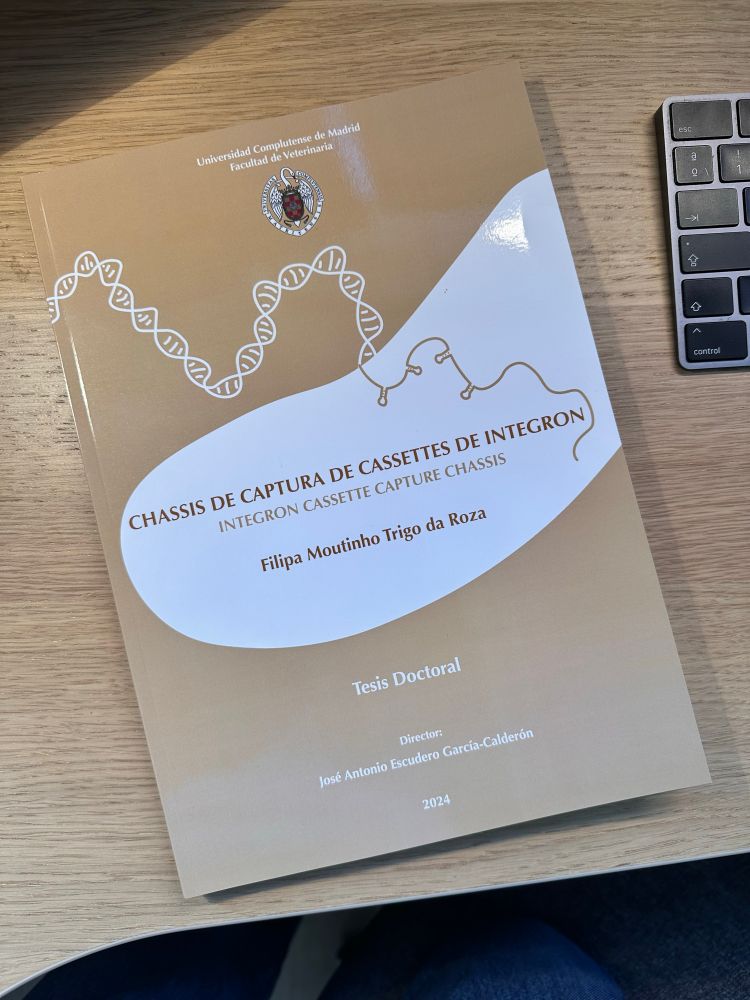
🎉❤️
www.nature.com/articles/s41...

www.nature.com/articles/s41...
After nearly 16 yrs of running my lab, I truly believe this is one of the most significant contributions we've made. It offers fresh hypotheses about how pandemic Vibrio cholerae spreads globally. Let’s dive in!🧵..1/n
www.biorxiv.org/content/10.1...

After nearly 16 yrs of running my lab, I truly believe this is one of the most significant contributions we've made. It offers fresh hypotheses about how pandemic Vibrio cholerae spreads globally. Let’s dive in!🧵..1/n
www.biorxiv.org/content/10.1...
academic.oup.com/nar/advance-...

academic.oup.com/nar/advance-...



